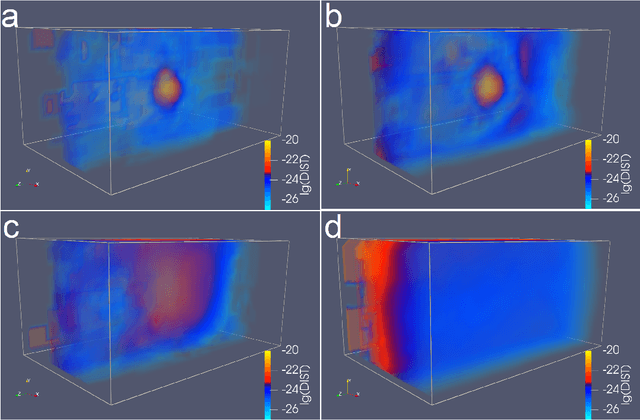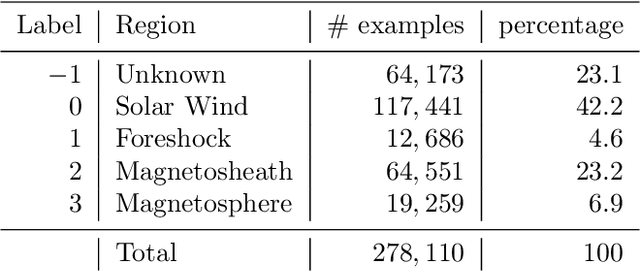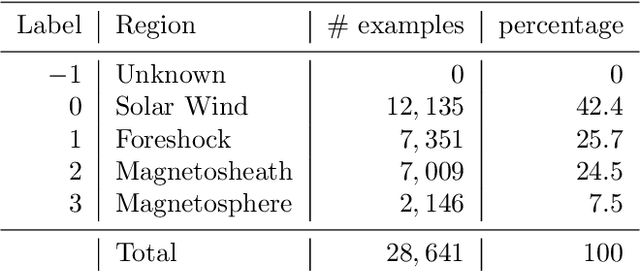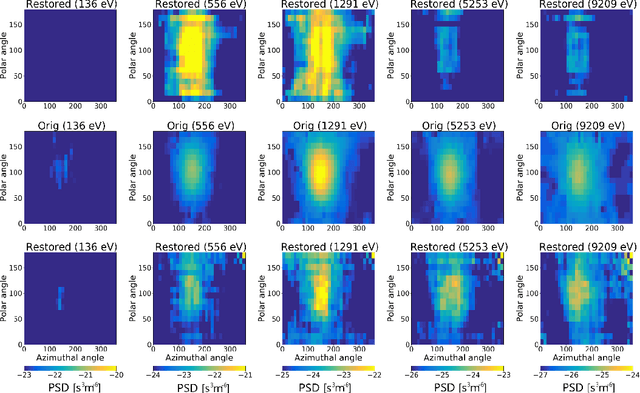Automated classification of plasma regions using 3D particle energy distribution
Paper and Code
Aug 27, 2019



Even though automatic classification and interpretation would be highly desired features for the Magnetospheric Multiscale mission (MMS), the gold rush era in machine learning has yet to reach the science done with observations collected by MMS. We investigate the properties of the ion sky maps produced by the Dual Ion Spectrometers (DIS) from the Fast Plasma Investigation (FPI). Running the Principal Component Analysis (PCA) on a mixed subset of the data suggests that more than 500 components are needed to cover 80% of the variance. Hence, simple machine learning techniques might not deal with classification of plasma regions. Use of a three-dimensional (3D) convolutional autoencoder (3D-CAE) allows to reduce the data dimensionality by 128 times while still maintaining a decent quality energy distribution. However, k-means clustering computed over the compressed data is not capable of separating measurements according to the physical properties of the plasma. A three-dimensional convolutional neural network (3D-CNN), trained on a rather small amount of human labelled training examples is able to predict plasma regions with 99% accuracy. The low probability predictions of the 3D-CNN reveal the mixed state regions, such as the magnetopause or bow shock, which are of key interest to researchers of the MMS mission. The 3D-CNN and data processing software could easily be deployed on ground-based computers and provide classification for the whole MMS database. Data processing through the trained 3D-CNN is fast and efficient, opening up the possibility for deployment in data-centers or in situ operation onboard the spacecraft.
 Add to Chrome
Add to Chrome Add to Firefox
Add to Firefox Add to Edge
Add to Edge